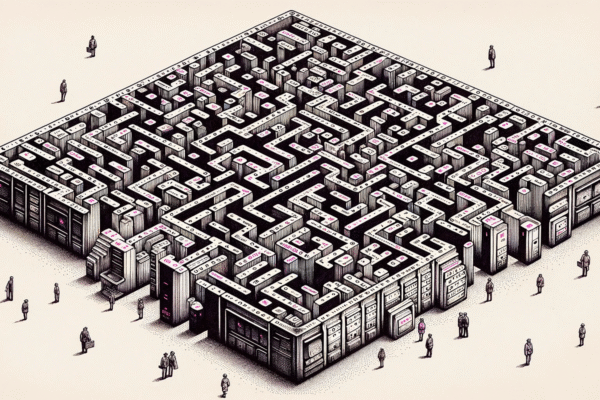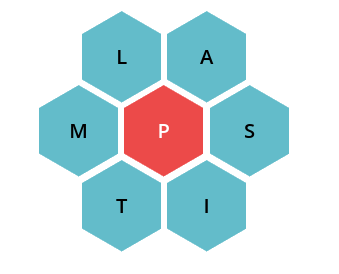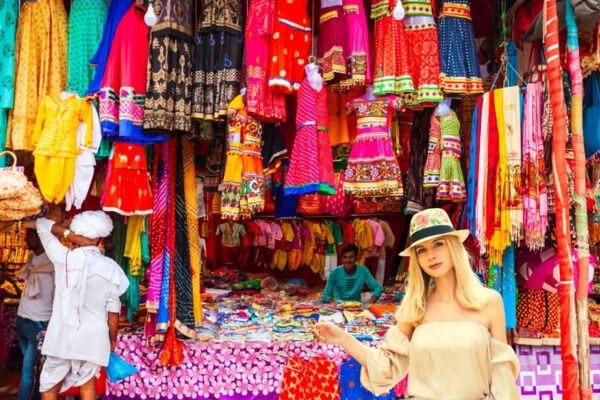

Narendra Modi News Today:

Narendra Modi News Today: A Comprehensive Overview of Recent Developments
Introduction
As the Prime Minister of the world’s largest democracy, Narendra Modi holds a significant position not only in India but on the global stage. His leadership, policies, and political strategies have a profound impact on domestic affairs, international relations, and India’s economic trajectory. In this article, we will explore the most recent developments surrounding Narendra Modi, from his latest political moves, economic reforms, to international engagements, and other notable updates.
Political Landscape: Modi’s Stance on Key Issues
Narendra Modi’s political agenda continues to be shaped by his long-term vision of transforming India into a global superpower. His government remains focused on key priorities such as economic development, national security, and strengthening India’s digital infrastructure.
1. Uniform Civil Code (UCC) Push
One of the most debated political agendas in India recently has been the Uniform Civil Code (UCC). Modi’s government is gearing up for nationwide discussions, pushing for the adoption of UCC, which aims to unify personal laws across different religious communities. This move has received mixed reactions, with proponents arguing it promotes equality, while critics contend it could erode the cultural diversity that India prides itself on. The BJP, led by Modi, remains firm on this issue, believing that UCC is crucial for national integration.
2. Kashmir Issue: Modi’s Development Strategy
In the region of Jammu and Kashmir, Modi’s government is placing a heavy emphasis on infrastructure and development. Following the abrogation of Article 370 in 2019, which stripped the region of its special status, the Modi administration has poured investments into infrastructure, education, and healthcare. Recent news highlights further projects aimed at boosting the local economy and integrating Kashmir more fully into India’s national economy.
3. Modi’s Stand on Women’s Reservation Bill
In a historic move, Narendra Modi’s government successfully passed the Women’s Reservation Bill, reserving 33% of seats for women in the Lok Sabha and state assemblies. This has been seen as a significant step toward gender parity in Indian politics. Modi emphasized the importance of women’s participation in governance, calling it a game-changer for Indian democracy.
Economic Reforms: Revitalizing India’s Growth
Modi has consistently highlighted the importance of economic reforms in bringing India to the forefront of global markets. With an emphasis on “Atmanirbhar Bharat” (Self-Reliant India), Modi is pushing for India to reduce dependence on imports, enhance domestic production, and become a manufacturing hub.

1. Boosting Startups and MSMEs
The government’s policies have been particularly favorable towards startups and Micro, Small, and Medium Enterprises (MSMEs), which form the backbone of India’s economy. Modi’s administration has simplified the regulatory framework, provided easier access to credit, and promoted innovation across sectors. Most recently, the announcement of a credit guarantee scheme for MSMEs has been well-received by entrepreneurs.
2. Digital India 2.0: A Renewed Push
Modi’s “Digital India” initiative has been a cornerstone of his administration since he came to power in 2014. In recent news, Modi has called for a renewed focus on enhancing digital infrastructure, particularly in rural areas, to bridge the digital divide. The goal is to ensure that technology and internet access are available to all, fostering innovation, education, and access to services. Digital India 2.0 is expected to focus on the next level of tech adoption, including Artificial Intelligence (AI), 5G, and quantum computing.
3. Infrastructure Boom: Modi’s Big Bets
In a bid to further boost the economy, Modi’s government is focusing on infrastructure development with an ambitious target of making India a $5 trillion economy. Projects like the Bharatmala Pariyojana, Sagarmala, and the Pradhan Mantri Awas Yojana are being aggressively promoted. These projects aim to create thousands of jobs, improve connectivity, and boost the overall economic output. Recent announcements in this domain highlight investments in building highways, ports, and affordable housing schemes.
Global Diplomacy: Strengthening India’s International Standing
Modi’s approach to foreign policy has always been characterized by pragmatic diplomacy, with a focus on enhancing India’s global stature. His international engagements often center around improving bilateral relations, securing strategic partnerships, and pushing India’s interests on global platforms like the G20, BRICS, and the United Nations.
1. Modi’s BRICS Summit Address
At the most recent BRICS summit, Modi emphasized the need for multilateral reforms, particularly at the United Nations. He pushed for the inclusion of developing nations in decision-making processes, ensuring a more equitable global order. Modi’s leadership at the summit further solidified India’s role as a key player in shaping global governance.
2. India-US Relations: Growing Strategic Ties
Modi’s visit to the United States earlier this year was marked by a deepening of strategic ties between the two countries. India and the U.S. have continued to collaborate on defense, technology, and energy sectors, with the latest developments indicating a major push in renewable energy cooperation. India’s growing defense partnership with the U.S., including agreements on advanced weapons systems and military technology, underscores Modi’s focus on securing India’s strategic interests.
3. Modi’s Africa Outreach
In line with his vision of expanding India’s global influence, Modi has made Africa a key focus of his diplomatic efforts. Recent reports indicate that Modi’s government is ramping up investments and collaborations in African nations, particularly in areas like renewable energy, agriculture, and healthcare. The India-Africa Summit, scheduled for later this year, is expected to further strengthen ties between the two regions.
Social Welfare: Modi’s Focus on Inclusive Growth
In the social sector, Modi has made significant strides in areas like healthcare, sanitation, and social welfare. His administration’s efforts to improve the lives of ordinary citizens remain a central part of his legacy.
1. Ayushman Bharat: Expanding Healthcare Coverage
One of Modi’s flagship programs, Ayushman Bharat, is one of the largest government-sponsored healthcare schemes in the world. Recently, the scheme has been expanded to cover more beneficiaries, offering free medical treatment to millions of underprivileged citizens. Modi’s government continues to work on improving healthcare access, especially in rural areas, where healthcare infrastructure remains underdeveloped.
2. Clean India Mission 2.0: Swachh Bharat’s Next Phase
Swachh Bharat Abhiyan (Clean India Mission) has been one of Modi’s most popular initiatives, aimed at improving sanitation across the country. The next phase of this campaign, dubbed Swachh Bharat 2.0, focuses on sustainable waste management, recycling, and ensuring that India becomes completely free from open defecation. In recent news, the government is planning to implement more stringent measures to ensure compliance and create cleaner urban spaces.
Challenges Facing Modi’s Administration
Despite his popularity and achievements, Narendra Modi faces several challenges. The ongoing farmers’ protests over agricultural reforms, inflation concerns, and criticism over handling certain socio-political issues have sparked debates. The opposition parties are keen on capitalizing on these issues as the country moves toward the 2024 General Elections.
1. Farmers’ Protests and Agricultural Reforms
The farmers’ protests, which began in late 2020, continue to challenge Modi’s government. Despite the eventual withdrawal of the contentious farm laws, discontent still lingers among sections of the farming community. Modi’s administration is now working on re-strategizing agricultural reforms with greater consultation with stakeholders to avoid future unrest.
2. Inflation and Unemployment
Like many economies, India is facing inflationary pressures post-pandemic. Modi’s economic advisors are focused on maintaining price stability while ensuring growth, but the challenge remains substantial, particularly with rising fuel prices and unemployment rates. The government has introduced several welfare measures to mitigate these challenges, but opposition parties continue to criticize the administration for not doing enough.
Conclusion
Narendra Modi’s leadership continues to dominate Indian political discourse. His government is pushing forward with transformative reforms in economic, social, and political domains while strengthening India’s position on the global stage. However, challenges such as inflation, unrest among farmers, and socio-political tensions remain hurdles in his path. As Modi prepares for the upcoming 2024 General Elections, the coming months will be crucial in shaping his political legacy.

















